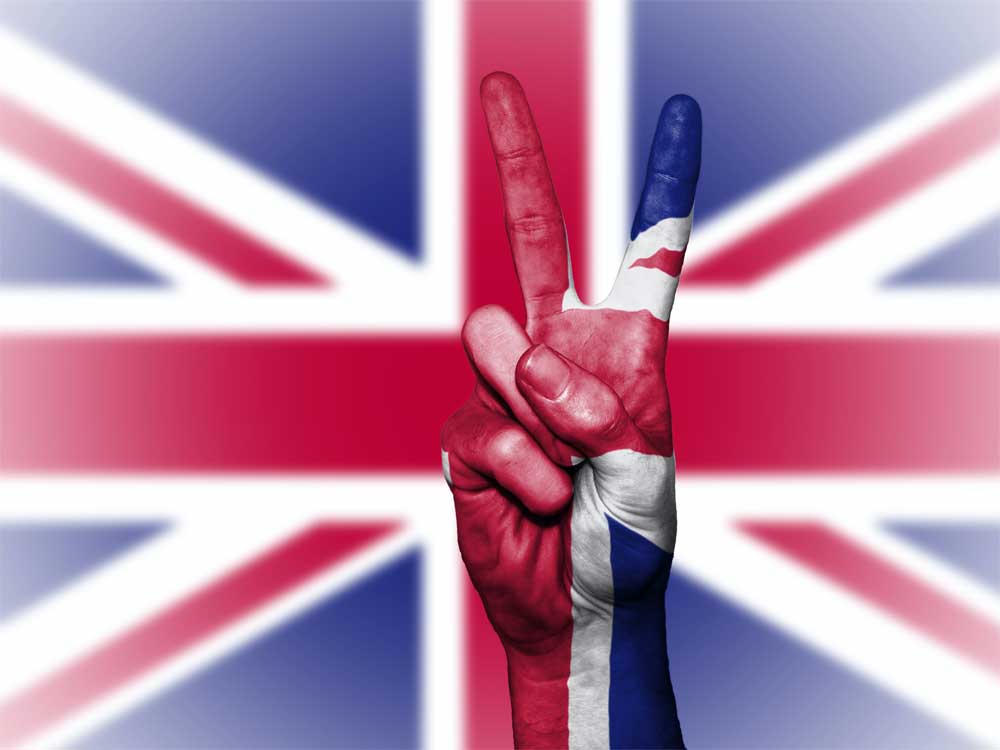I’ve read two stand-out reports this month; neither would give me any confidence as a current FBA seller. In fact, the prognosis makes it clear why so many of you are swotting up on Amazon aggregators.
Here are the key findings that have me — and (probably) you — so worried about Amazon’s profitability in the mid- to long term.
Why confidence is key to sales
First of February, 1988. My first job: a sales trainee at a brick ‘n’ mortar business. Quite literally; it was at a builders’ merchant, and a successful one.
What made it a success? Many elements, but two of the cornerstones were its supply chain and reputation.
Those factors subconsciously gave me confidence in what I was selling. As I’d find out later, confidence is everything when it comes to sales.
Research 1: ‘Buried’ organic search results
On any search engine, the absolute majority of consumer activity happens on the first page’s results.
Of that activity, most is attributed to the highest-displayed products, of which the majority are paid positions. So much so that, for organic results, you may as well place position 5 as 25*.
The reason this is such a concern with Amazon is that sponsored “brands” often occupy that first place. The subsequent product results hierarchy was found to be thus:
- 4 × sponsored;
- 4 × organic;
- 4 × sponsored (based on reviews);
- 1 × sponsored video advertisement.
To infinity, and beyond
Beyond these first products, Amazon search results display a host of offers, including editorials and Amazon Choices.
In short, if you don’t appear in those first four organic results, conversions won’t come easy. FBA sellers adopting pay-to-play strategies are almost certain to do better than you if you’re not paying to advertise.
*To get to the fifth organic result, the researchers had to swipe three browser windows (mobile).
Research 2: The value of advertising to Amazon
To many longstanding Amazon FBA sellers, those organic results won’t shock you. They may surprise you, but they’re nothing you didn’t already suspect.
What you may not know is the extent to which Amazon Retail relies on that advertising to keep it out of the red.
Amazon advertising clouding the picture
Back in 2015, Amazon’s retail business was still in the black. Just. Since then, profit from its retail outlets has eroded year on year.
Both the Amazon Cloud (AWS) and advertising have offset those losses by billions! Looking into the most recent figures, 2021, shows you by just how much.
Overall, Amazon advertising in 2021 brought in just north of $31bn. The company then registered its final retail operations income at just over $6bn.
The difference is a staggering (almost) $25bn loss, most of which came from product sales.
It’s a Prime time to sell your FBA business
Prime membership income is also included in those operational figures. In 2019, Tamebay research showed that the UK had 15,000,000 Amazon Prime members. At the current rate of £7.99/mo (UK), that’s another chunk of money we can also factor into the true loss of Amazon Retail.
And it’s not getting any better. The most recent quarter showed Amazon Retail losing $1.8bn; even advertising couldn’t pull it into the black.
Then, consider the broader taxes Amazon FBA sellers have to pay, and the huge potential for supply chain disruption. We’ve already covered imminent external barriers to global shipping, too.
All of these factors bring me back around to my initial ‘confidence’ argument. Based on these reports, how confident are you that Amazon has your back? I’ll just leave that there for you to think about.
In the meantime, remember there are plenty of Amazon aggregators still actively looking for good quality FBA businesses to acquire.
If you think your brand fits the profile, why not start the process today?
Further reading:
This website was created by ex-Amazon FBA sellers, Martin Smith and Richard Turnbull.
To learn about our story, our private label FBA brands, and our first-hand experience selling to Amazon aggregators, click here.
You may also wish to check out our 2022 Definitive Guide to Amazon Aggregators.
Written for FBA sellers, this simple, easy to follow document takes less than 5 minutes to read and represents the culmination of over 100 hours of research into the Amazon aggregator space. To access the guide today, click this link.











